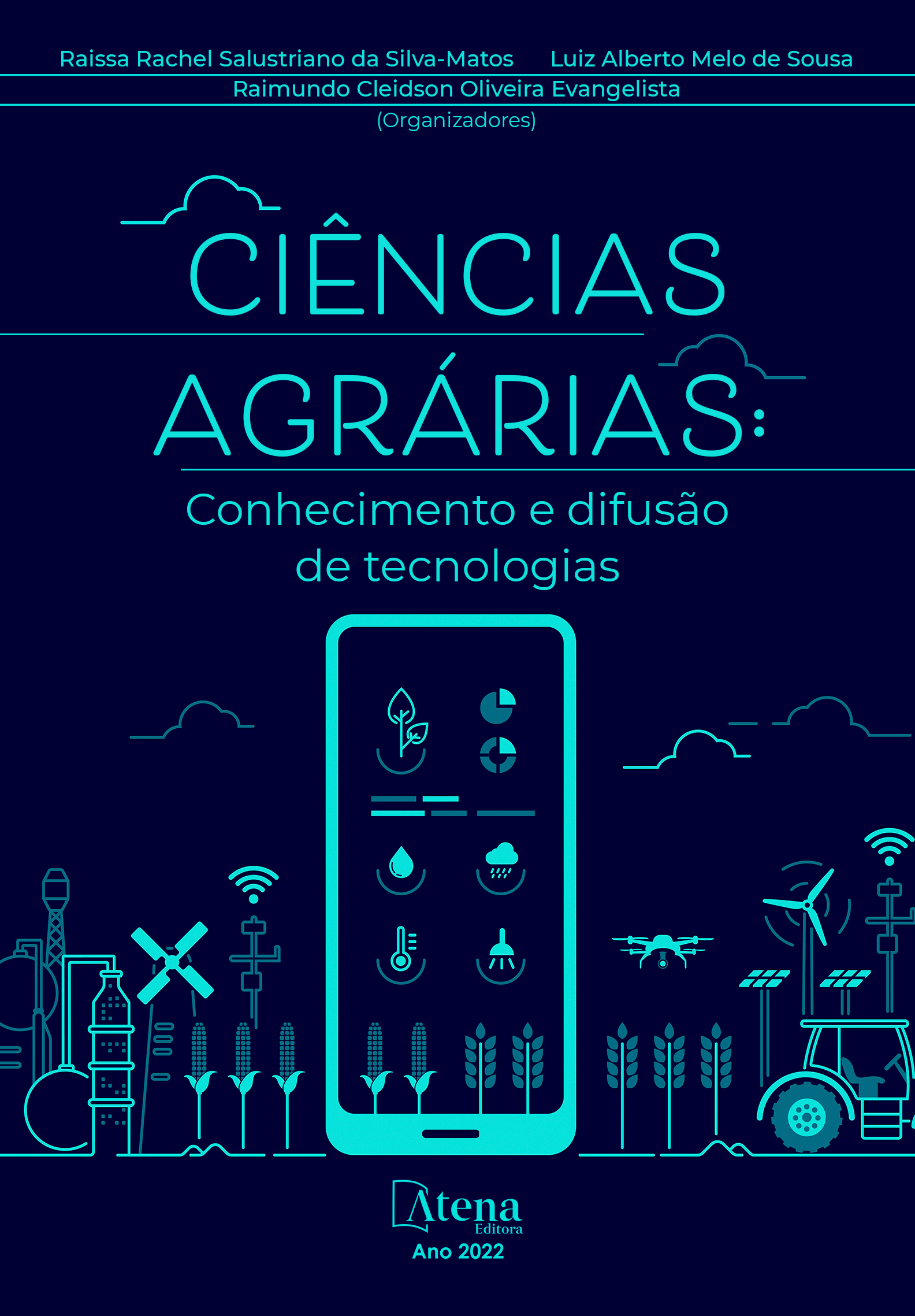
DENSIDADE VERTICAL DE RAIZ DE EUTERPE OLERACEA MART. SOB DIFERENTES LÂMINAS DE IRRIGAÇÃO EM MONOCULTIVO E CONSÓRCIO, LESTE DA AMAZÔNIA BRASILEIRA
O açaizeiro é tipicamente encontrado em regiões tropicais, com grande concentração na região Amazônica, onde se destaca pela alta produtividade de seu fruto, açaí, e que nos últimos anos vem sendo fortemente demandado pelo mercado interno e externo. A raiz é responsável pela sustentação e absorção de água e nutrientes dos vegetais, portanto, o conhecimento da densidade vertical de raiz é de grande importância para produção agrícola, pois auxilia no aperfeiçoamento do manejo de irrigação da cultura e na instalação de sensores de monitoramento da tensão de água no solo, possibilitando o uso eficiente da água na agricultura. O presente estudo teve por objetivo avaliar a densidade vertical de raiz de Euterpe oleracea Mart. sob diferentes lâminas de irrigação em monocultivo e consórcio, leste da Amazônia brasileira. O experimento foi realizado em um plantio comercial de açaizeiro, localizada no município de Castanhal-PA. Os tratamentos avaliados foram: Monocultivo irrigado e sequeiro e Consórcio, totalizando 4 tratamentos, que tiverem 5 repetições, o experimento foi disposto em delineamento inteiramente casualizado. A irrigação aplicada diariamente durante os meses de setembro a dezembro de 2019, foi estimada em função da evapotranspiração de referência (Método de Penman-Monteith). A densidade de raiz foi determinada pelo método do anel volumétrico, foram coletados cinco pontos aleatórios próximo a touceira do açaizeiro em cinco profundidades (10, 20, 30, 40 e 50 cm). As raízes foram separadas do solo por tamisação e secas em estufa por 24 horas em temperatura de 70 °C até atingir peso seco das raízes. A maior concentração de raízes foi obtida nas profundidades de 10 e 20 cm, o tratamento com irrigação apresentou maiores valores de densidade radicular em relação ao tratamento sequeiro, com 31,25% no monocultivo e 26,63% no consorcio, correspondendo a cerca de 80% da densidade radicular.
DENSIDADE VERTICAL DE RAIZ DE EUTERPE OLERACEA MART. SOB DIFERENTES LÂMINAS DE IRRIGAÇÃO EM MONOCULTIVO E CONSÓRCIO, LESTE DA AMAZÔNIA BRASILEIRA
-
DOI: 10.22533/at.ed.6292210026
-
Palavras-chave: Açaizeiro; Sistema de cultivo; Irrigação; Sistema radicular.
-
Keywords: Açaí palm; Cultivation system; Irrigation; root system.
-
Abstract:
The açaí palm is typically found in tropical regions, with great concentration in the Amazon region, where it has stood out for the high productivity of its fruit, açai, which in recent years has been strongly demanded by the domestic and foreign market. The root is responsible for the support and absorption of water and nutrients from vegetables, therefore, the knowledge of vertical root density is of great importance for agricultural production, as it helps in the improvement of crop irrigation management and in the installation of sensors to monitor soil water tension, enabling the efficient use of water in agriculture. The present study aimed to evaluate the vertical density of Euterpe oleracea Mart. under different irrigation depths in monoculture and intercropping, eastern Brazilian Amazon. The experiment was carried out in a commercial plantation of açaí palm, located in the municipality of Castanhal-PA. Treatments evaluated were: Irrigated and sequestered monoculture and consortium, totaling 4 treatments, which had 5 replications, the experiment was arranged in a completely randomized design. The irrigation applied daily during the months of September to December 2019 was estimated as a function of the reference evapotranspiration (Penman-Monteith Method). The root density was determined by the volumetric ring method, five random points were collected near the açaí clump at five depths (10, 20, 30, 40 and 50 cm). The roots were separated from the soil by taintation and dried in a greenhouse for 24 hours at a temperature of 70 °C until it reached dry weight of the roots. The highest concentration of roots was obtained at depths of 10 and 20 cm, the treatment with irrigation showed higher values of root density in relation to the seaty treatment, with 31.25% in monoculture and 26.63% in the consorcio, corresponding to about 80% of root density.
-
Número de páginas: 15
- Paulo Jorge de Oliveira Ponte de Souza
- Hildo Giuseppe Garcia Caldas Nunes
- Denilson Barreto da Luz
- Igor Cristian de Oliveira Vieira
- Erika de Oliveira Teixeira de Carvalho
- Adrielle Carvalho Monteiro
- Stefany Porcina Peniche Lisboa
- Maria de Lourdes Alcântara Velame
- João Vitor de Nóvoa Pinto
- Carmen Grasiela Dias Martins
- Deborah Luciany Pires Costa
- Matheus Lima Rua


